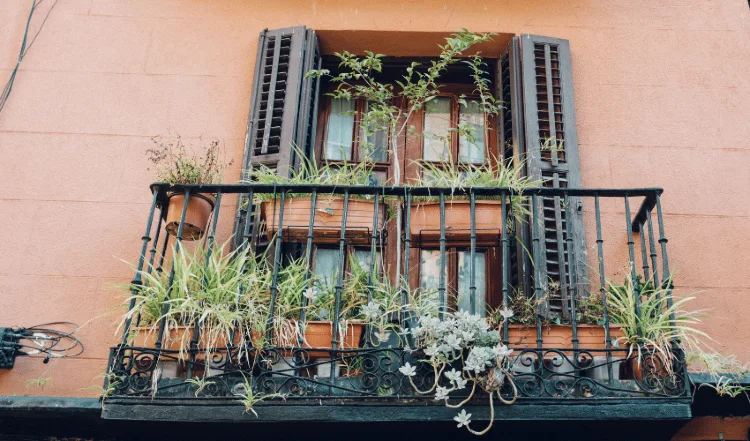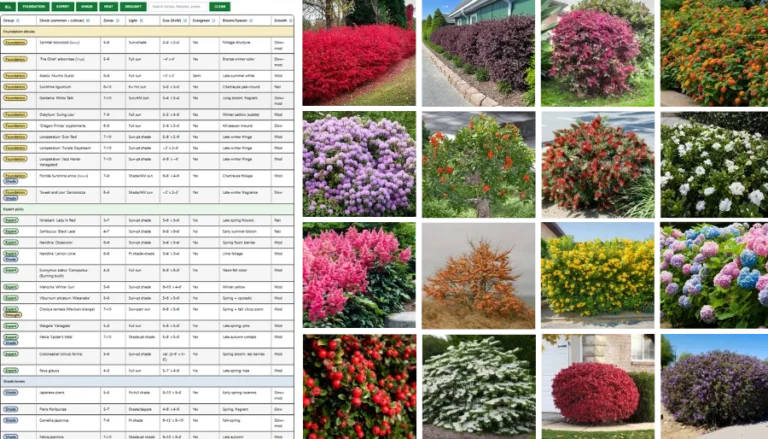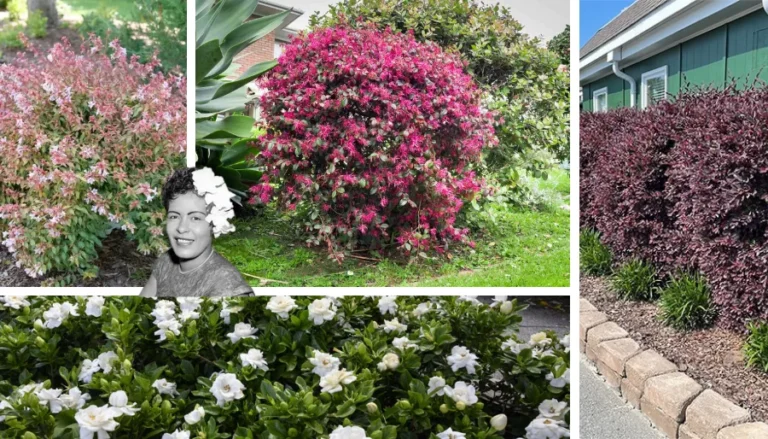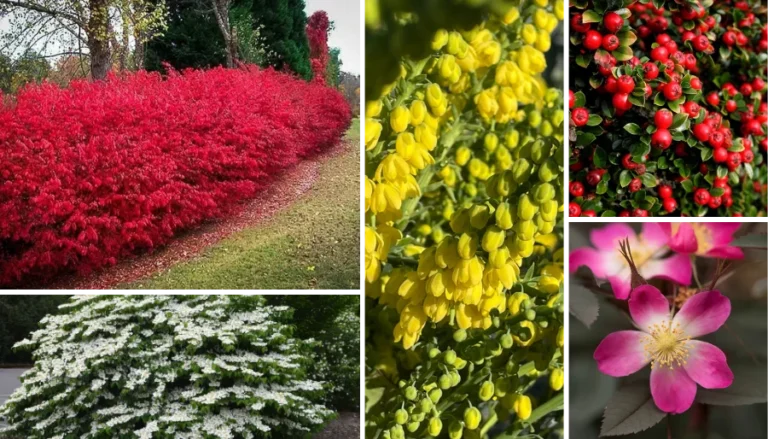Ditch the bland balcony and create an oasis you can enjoy.
You don’t need a green thumb to liven up your dingy balcony. In truth, only one thing is required… succulents!
Well, succulents and a few containers to create the perfect container garden on your balcony.
Succulents come in several shapes, sizes and colors, and they’re easy to care for. Follow these six steps to transform your boring balcony into a thriving garden space.
6 Steps To Transform Your Balcony Into A Thriving Garden
1. Eyeball your space and let your imagination flow freely.
Take a look around your balcony and get an idea of how much space you want to use for your garden.
The area that you choose should receive at least four to six hours of sunlight daily. This will give you a chance to figure out how many and what size containers you want to have.
Keep in mind that your succulents will need to have a sheltered area to stay in during periods of steady or heavy rains.
If your balcony is overly shaded, you still have options to liven it up!
2. Get to know your succulent options.
Now you’ll need to decide what succulents you want to grow. Get organized by making a quick list and keep it handy. This will also give you an idea of how many containers and plants you’ll need.
Keep in mind that it’s easier to plant varieties based on their care instructions. Group plants that require the same care together in a container, this will make it easier to provide the best care for your succulents.
A list of popular succulents for containers is provided below.
3. Visit your local nursery and stock up on supplies and your new succulents.
Now it’s time to go to the nursery to get your supplies and plants.
Make sure you pick out your containers first. This will help you stay on task when it comes to selecting the plants themselves.
Keep in mind that succulents prefer shallow containers that are at least 4-inches deep and have a drainage opening.
If you find containers that you really want, but they don’t have a drainage opening, you can drill one into the bottom.
Of course, you’ll also need enough soil (specifically made for cactus and succulents) to fill each container.
Pick up some plastic window screening (you can also use paper towels or coffee filters) and enough gravel, pebbles or stones to use as a decorative covering for your soil.
When picking your succulents, know that you can place the plants close together, since they retain nutrients and water in their leaves. This means you will need more plants to fill your containers.
Be sure that each variety has a care instruction tag with it. These tags are super helpful to keep on hand.
4. Get to planting!
Now it’s time to plant your garden. You’ll need to cut a piece of the window screening to cover the drainage opening in the bottom of each container. This will keep the soil in and allow the excess water out.
Fill each container half full of soil, then place the succulents (still in the nursery containers) into the container to get an idea of how you want to arrange them.
Once you have your placement plan, remove the plants from the nursery containers (be sure to keep the soil with them) and place more soil around the plants.
Fill in any gaps and openings you see between the plants and along the sides. This will make sure the roots are covered and will not dry out. Use a very soft brush or simply blow on the leaves to remove any dirt.
Place the gravel or pebbles that you chose on top of the soil around each plant and any exposed soil. As for any other decorations for your containers – have fun, this is your garden.
Water each container, but only enough to lightly moisten the soil. Never over water your succulents.
5. Introduce the new succulents to the sun, slowly.
If you purchased your plants from a nursery that kept them indoors or in the shade, you’ll want to gradually introduce the succulents into the sunlight over a few days.
Let them stay in the sun for an hour or two and then move them back to the shade. Repeat the process until the succulents are accustomed to normal (for your zone) sun exposure.
Suddenly, being exposed to the direct sun could cause them to scorch. After they are used to the sun exposure on your balcony, you can place them in the design you want for your garden.
6. Take good care of your succulents (which isn't hard).
Succulents are very easy to care for. You’ll need to keep the soil moist, but never wet.
In fact, it’s highly recommended that you allow the soil to dry between watering.
Watering once a week is usually plenty, but keep an eye on the soil and let it be your guide. You can use a diluted fertilizer that is made for succulents if needed.
Depending on the climate where you live, you can winter your succulent garden indoors.
Succulents will go dormant in the winter, so you will want to decrease watering (once a month if necessary) and don’t fertilize.
At this point you’ll need to let the soil get quite dry but not entirely dry out to the point where it looks cracked. You can resume regular care again as soon as the spring/summer growing season begins.
Succulent gardening can be addicting, and you will likely want to get more. How many you get really depends on the space you have available. Enjoy your new Container Succulent Garden.
List of Succulents That Do Well In Containers
-
-
- Aeonium
- Aloe
- Echeveria
- Haworthia
- Lithops and Plesiplos Nelii
- Portulaca
- Sedum
- Senecio
- Agave
- Donkey Tail
- Dudleya
- Ghost Plants
- Hens and Chicks
- Jade Plant
- Paddle Plant
-
FAQ
What types of succulents shouldn’t be grown in containers?
You’ll want to avoid succulents that like to spread or are fast-growing, like Senecio, Delosperma, Aptenia Cordfolia or Oscularia.
Can you use potting soil for your succulents?
Yes, but succulents prefer sandy soil, so it’s best to choose a potting mix made specifically for succulents to keep them at their best.
Are there types of succulents that do best in cold climates?
Yes, if you live in a cooler region, choose cold hardy varieties like Hardy Sedum, Hardy Opuntias, Agave, Hens and Chicks, Burro’s-Tail, String of Pearls and Jade Plant.
Why stop at succulents?
Expand your new balcony container garden by adding some veggies, herbs, and even flowers.

















